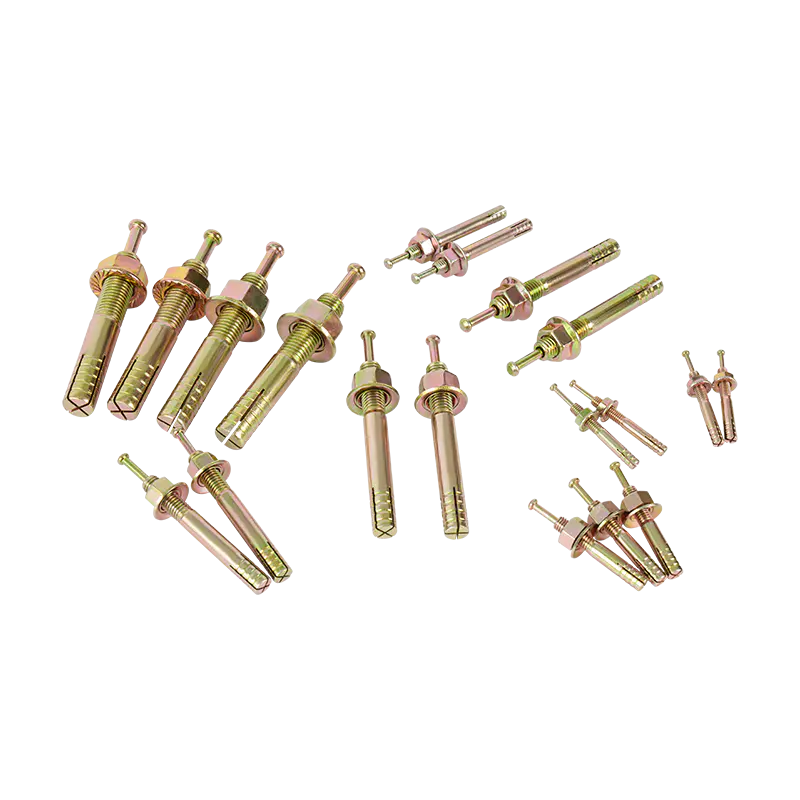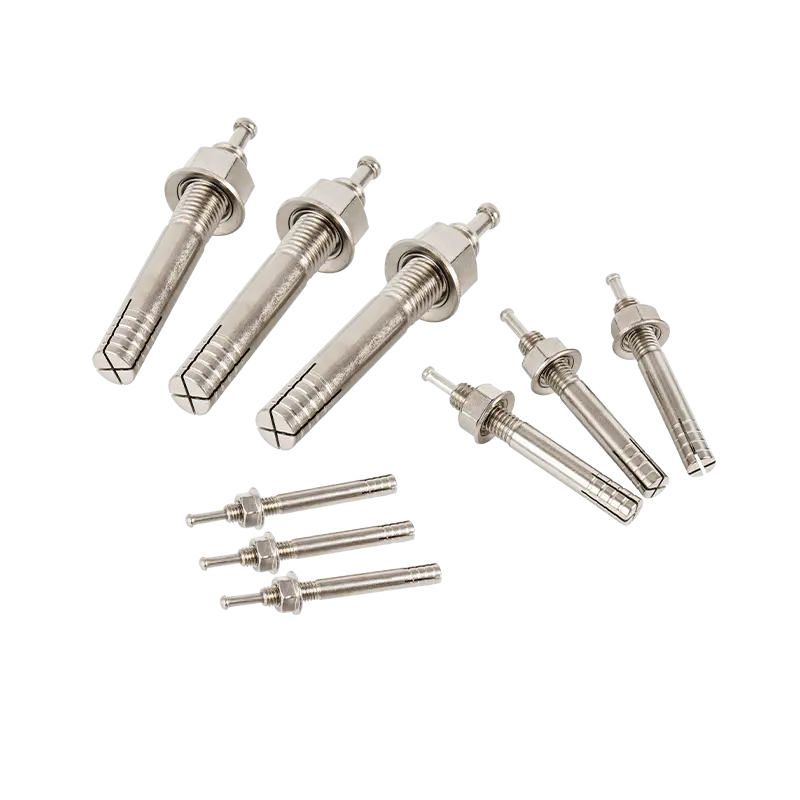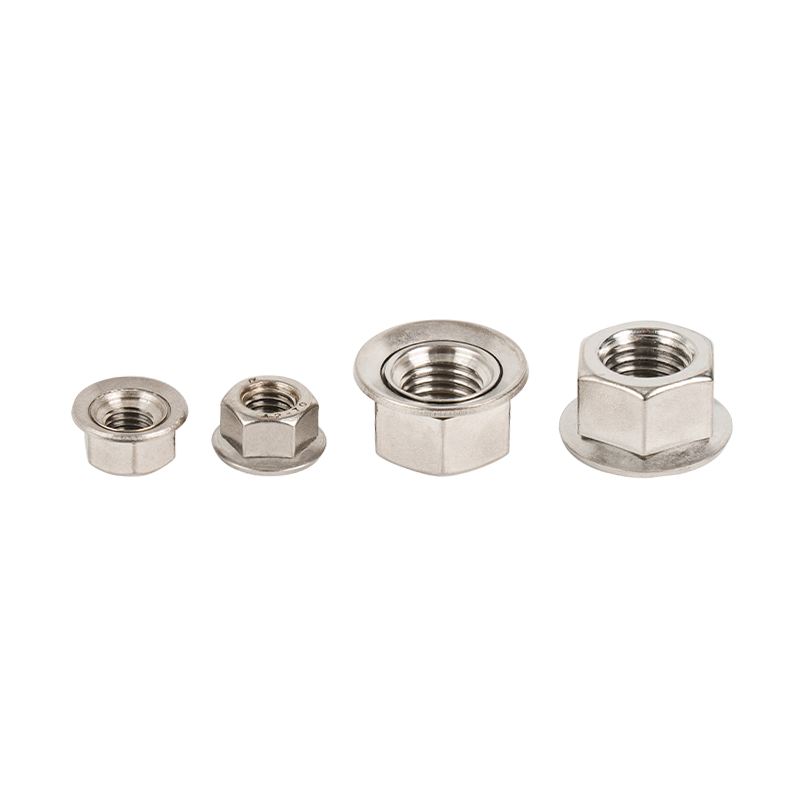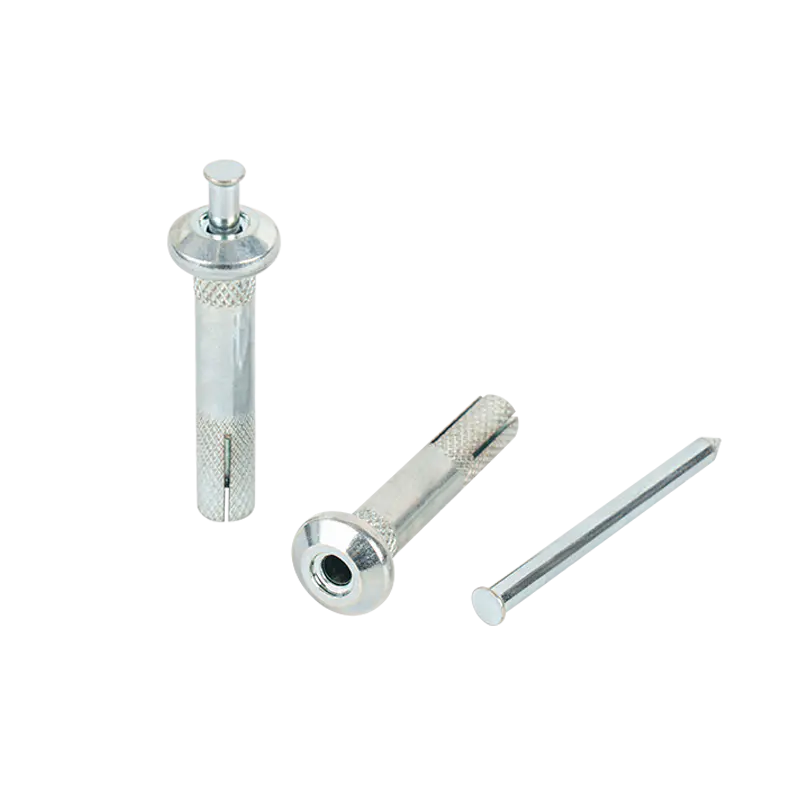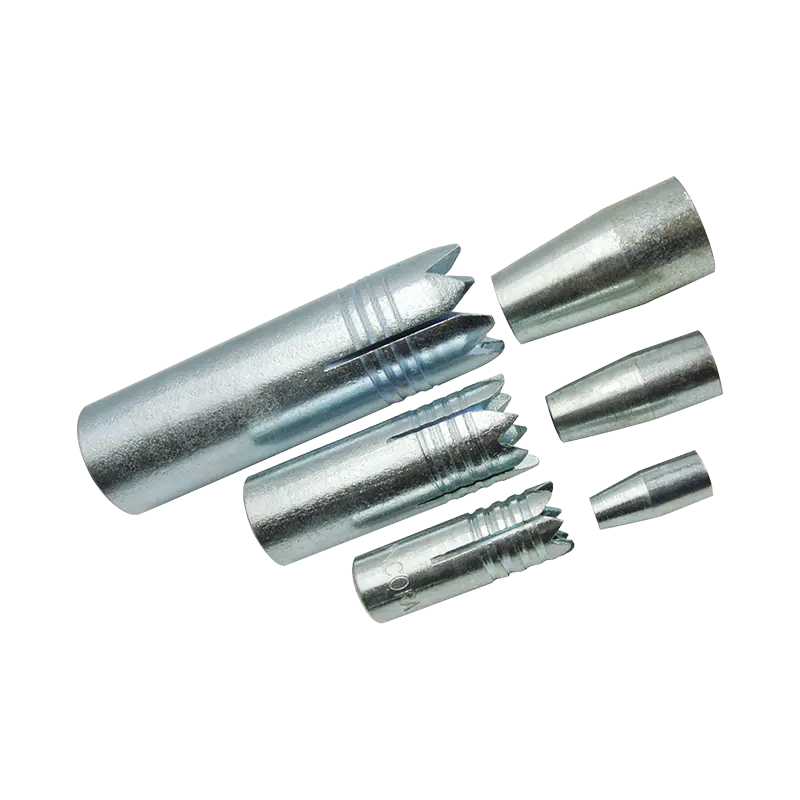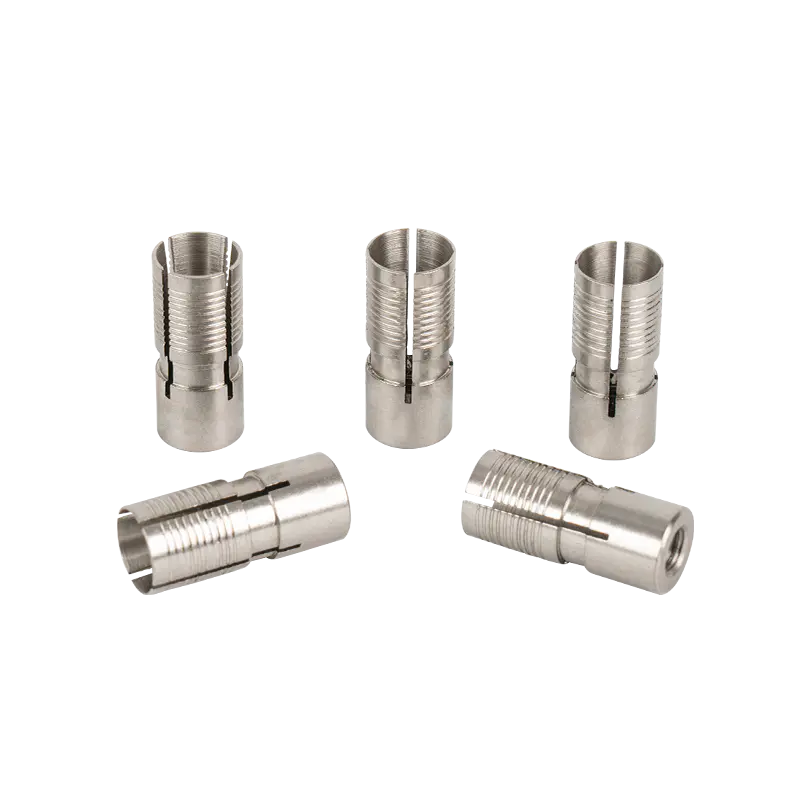Why Choose Strike Anchor Over Alternatives?
2025-08-15
In demanding construction and industrial settings, selecting the appropriate anchor system is paramount for structural integrity, safety, and long-term performance. Among the mechanical anchor options available, Strike Anchor offers a distinct set of engineering characteristics that warrant consideration.
1. Material Composition and Corrosion Resistance:
Strike Anchor is manufactured from specific high-grade steel alloys, often including austenitic stainless steel variants like AISI 316 for enhanced corrosion resistance. This material selection provides significant advantages in environments exposed to moisture, chemicals, or varying atmospheric conditions, potentially extending service life compared to anchors made from lower-grade carbon steels without equivalent protective treatments.
2. Mechanical Locking Principle:
The fundamental operation of Strike Anchor relies on a controlled mechanical expansion mechanism. During installation, the act of driving the pin causes the sleeve to expand radially, generating high, consistent holding forces through direct compressive pressure against the concrete borehole wall. This mechanical interlock provides a reliable and predictable load transfer path.
3. Installation Efficiency and Predictability:
Strike Anchor is designed for straightforward installation using common striking tools (e.g., a hammer). The process involves drilling a hole to the specified diameter and depth, inserting the anchor, and driving the pin until the sleeve is fully expanded. This simplicity minimizes the potential for installation errors common with more complex or torque-dependent systems. Visual confirmation of proper setting (e.g., flush pin position) enhances quality control on-site.
4. Performance in Cracked Concrete:
Independent testing, adhering to recognized standards such as ASTM E488 and ICC-ES acceptance criteria, demonstrates that properly installed Strike Anchor assemblies can achieve significant load capacities in cracked concrete substrates. The mechanical expansion mechanism maintains functionality even as cracks dynamically open and close under load, a critical requirement for many structural and safety-critical applications where concrete cracking is anticipated or must be accommodated.
5. Immediate Load Capacity:
A key operational advantage of Strike Anchor is its ability to achieve full design load capacity immediately after correct installation. There is no curing or setting time required, unlike chemical anchors. This allows for immediate progression of work, tightening of fixtures, and application of loads, significantly streamlining construction schedules and reducing downtime in repair or retrofit scenarios.
6. Suitability for Dynamic Loads and Seismic Regions:
The robust mechanical locking mechanism of Strike Anchor provides inherent resistance to vibration and shock loads. When specified and installed correctly within qualified systems meeting regional building codes (e.g., IBC, CBC), Strike Anchor can be suitable for applications subject to dynamic forces, including those in seismic design categories. Verification through project-specific engineering review and referencing current Evaluation Service Reports (ESRs) is essential.
7. Verification and Compliance:
Reputable manufacturers subject Strike Anchor systems to rigorous third-party testing to validate performance claims under standardized conditions. Published Evaluation Service Reports (ESRs) provide engineers and specifiers with essential data on allowable loads in various concrete strengths (both cracked and uncracked), edge distances, spacing requirements, and fire resistance ratings. Compliance with international standards (ISO) and regional building codes is typically documented.
The decision to utilize Strike Anchor hinges on a detailed assessment of project-specific requirements: substrate conditions (concrete strength, cracked vs. uncracked), environmental factors (corrosion potential), load types (static, dynamic, seismic), required installation speed, and accessibility. Strike Anchor technology presents a compelling solution characterized by its mechanical expansion principle, immediate load capability, predictable installation, proven performance in cracked concrete, and resistance to vibration. Its material composition offers enhanced durability in corrosive environments. Engineers and specifiers should consult current technical data sheets and relevant Evaluation Service Reports to confirm suitability and determine allowable loads for their specific application. Strike Anchor represents a robust and reliable mechanical fastening option within the spectrum of anchoring technologies.

 English
English 日本語
日本語
